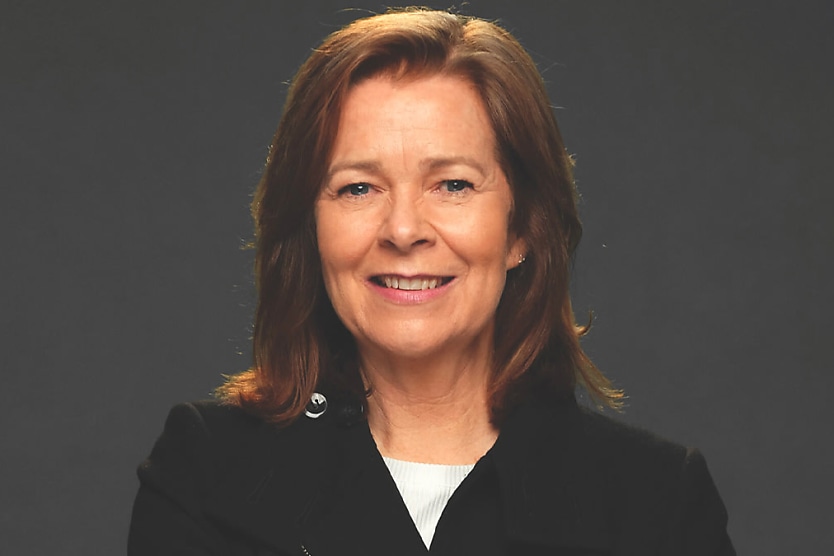‘Reforms are working’: Female workforce participation hits record high
SHARE THIS ARTICLE

With average weekly earnings and female participation rates both at an all-time high, and the unemployment rate falling, there are green shoots for Australia’s workforce.
Last week, the Australian Bureau of Statistics (ABS) reported that average weekly ordinary time earnings for full-time adults were $2,010.00 in May, making it the first time that average weekly ordinary time earnings for full-time adults have been greater than $2,000, according to ABS head of labour statistics Sean Crick.
Moreover, the ABS noted, the seasonally adjusted unemployment rate fell 0.1 per cent to 4.2 per cent in July, with the growth being driven by full-time employment, which was up by 60,000 people, spurred by women (40,000). The female employment-to-population ratio and participation rate, the ABS said, reached 60.9 per cent and 63.5 per cent, respectively, “both new historical highs”.
Moreover, data shows that the gender pay gap is at a record low of 11.5 per cent.
Reflecting on the new data, the president of the Australian Council of Trade Unions, Michele O’Neil, said: “This new data shows the gender pay gap has been stubbornly high for decades, but now it is finally coming down – thanks to the collective efforts of working people, their unions, and reforms by the federal government.”
“Collective bargaining delivers tangible results, in wages and conditions, as working people have always known. To see wages rising, especially for women, is proof that these reforms are working.”
Employment Hero chief executive Ben Thompson said the labour figures are “the turnout we needed to see”.
The company’s own data, he said, reflects a “strong lift” in employment, up 0.5 per cent month on month, “so a fall in unemployment shows just how fast the labour market is recovering from last month’s blip”.
“Our data also shows a 1.1 per cent bump in wages from June to July, but that’s likely due to the boost in minimum wage and super contributions, not necessarily an indicator of a stronger economy,” he said.
“The real test will be maintaining the hiring momentum, especially with productivity still lagging. The interest rate cut is a step in the right direction, and if it boosts business confidence, we could see those gains turn into longer hours and more secure roles.”
Elsewhere, JobAdder chief executive Martin Herbst said: “Falling unemployment and rising hours worked suggest more Australians are not just employed, but properly utilised and landing meaningful work. That’s a positive sign, but it also tightens the labour market further.”
“For recruiters, the challenge hasn’t eased. Talent still takes time to find, and clients need fast, high-quality hires who can hit the ground running.”
“We’re seeing more agencies start to invest in longer-term strategies like talent pooling, re-engagement, and early AI adoption to speed up shortlisting without compromising on fit.”
He added: “Recruiters should support clients in thinking about retention and perhaps talent development, not just acquisition.”
“Opportunities exist for recruiters to consult with clients on upskilling, uneven workloads, and flexible arrangements. The firms thinking ahead now will be the ones best placed to scale when confidence fully returns.”
RELATED TERMS
The term "gender pay gap" refers to the customarily higher average incomes and salaries that men receive over women.
The term "workforce" or "labour force" refers to the group of people who are either employed or unemployed.
Jerome Doraisamy is the managing editor of Momentum Media’s professional services suite, encompassing Lawyers Weekly, HR Leader, Accountants Daily, and Accounting Times. He has worked as a journalist and podcast host at Momentum Media since February 2018. Jerome is also the author of The Wellness Doctrines book series, an admitted solicitor in NSW, and a board director of the Minds Count Foundation.

